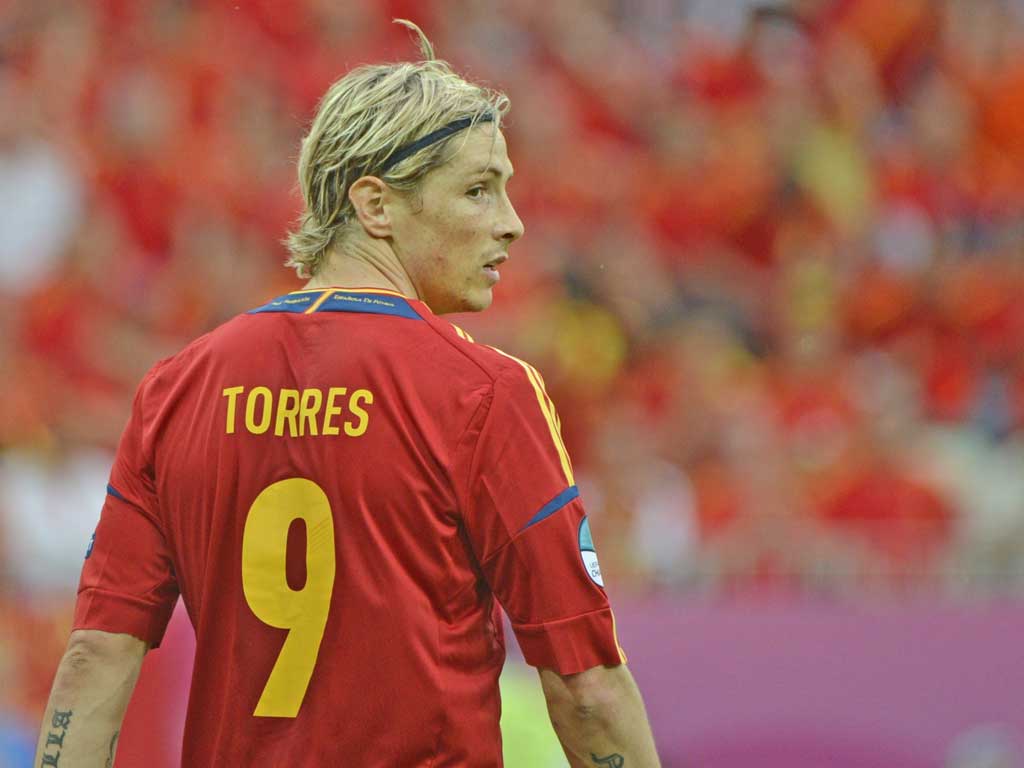Jonathan Wilson: Strikerless Spain struggle to turn tactical guile into goals against Italy

In 2003, speaking at the coaching conference he organises in Rio de Janeiro, Carlos Alberto Parreira predicted the formation of the future would be a 4-6-0, a back four providing the platform for six highly mobile, technical players who could break forward as and when required.
Teams such as Roma, Manchester United and Barcelona have come close to that at times, all adopting a form of strikerlessness, but that usually meant playing a very attacking midfielder, such as Francesco Totti, Cristiano Ronaldo or Lionel Messi as a very deep-lying centre-forward.
The system Vicente del Bosque employed against Italy last night, though, was more than that: with Cesc Fabregas as the nominal false No 9, there was no hiding behind the catch-all term "forward" that can mean anything from a playmaker to a winger to a striker: this was a team composed of four defenders and six bona fide midfielders.
The forward line of Andres Iniesta, Fabregas and David Silva comprised only players who have been used as more orthodox midfielders this season.
Yet Italy's decision to go with a back three, while widely predicted, was almost as bold – radical and logical as it may have been. The season before last there was a clear sense that Italian club sides had become too narrow, a weakness exploited by Gareth Bale and Tottenham against both Internazionale and Milan in the Champions League.
In the season just finished, playing three at the back almost became a default in Serie A, with 17 teams, including the champions Juventus, playing it at some stage. There are historical reasons for that. In the mid-sixties, European football split in two with, generally speaking, the north opting for a back four and zonal marking while the south preferred a back three with a libero and man-markers. Italy, the vocabulary and philosophy of their football shaped by the great journalist Gianni Brera, came to see itself as a "weak"nation that needed the security of three central defenders.
Even after the revolution incited by Arrigo Sacchi and his hard-pressing Milan team, which played a 4-4-2 on its way to successive European Cups in 1989 and 1990, the desire to pack the centre was clear, which is why, the season before last, so many sides played a 4-3-1-2. That meant a series of tight tactical battles at home and vast spaces on the flanks that were exploited by opponents who did station players there in European competition.
The irony last night was that it was Spain who struggled for width, giving the Italian wing-backs, Christian Maggio and Emanuele Giaccherini, space to surge into if they so desired.
At the same time, Spain lacked penetration, too often being reduced to simply passing the ball around in front of the Italians. Only when Fabregas finally was able to run onto a pass from Silva – precisely the sort of thrust they had lacked until then – did a goal come.
The introduction of Fernando Torres added pace and directness – and exposed the inexperience of Daniele De Rossi, a midfielder playing as a libero – and in that regard Spain repeated the pattern of the World Cup: a first half that yielded few chances followed by a more direct approach in the second.
Subscribe to Independent Premium to bookmark this article
Want to bookmark your favourite articles and stories to read or reference later? Start your Independent Premium subscription today.

Join our commenting forum
Join thought-provoking conversations, follow other Independent readers and see their replies